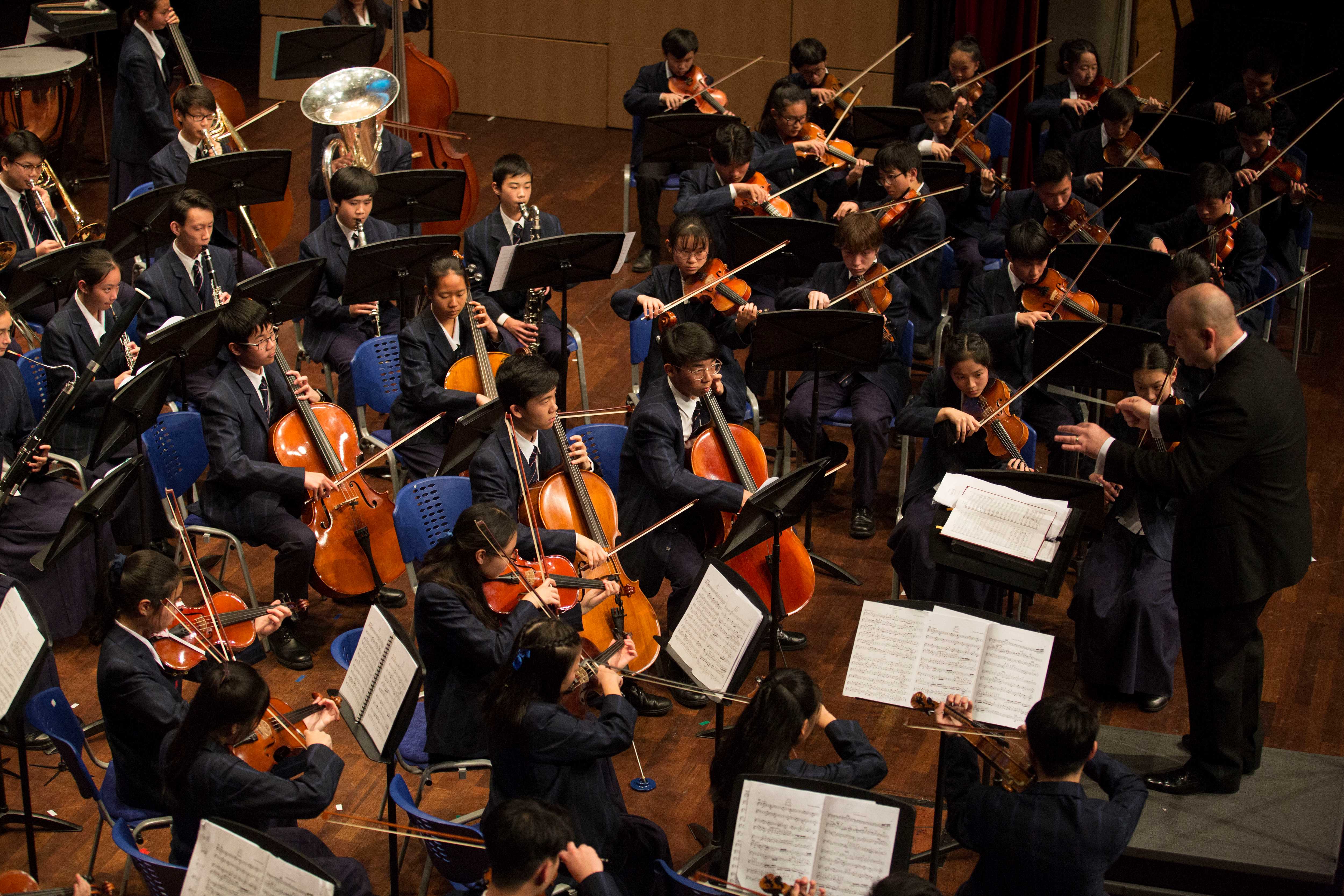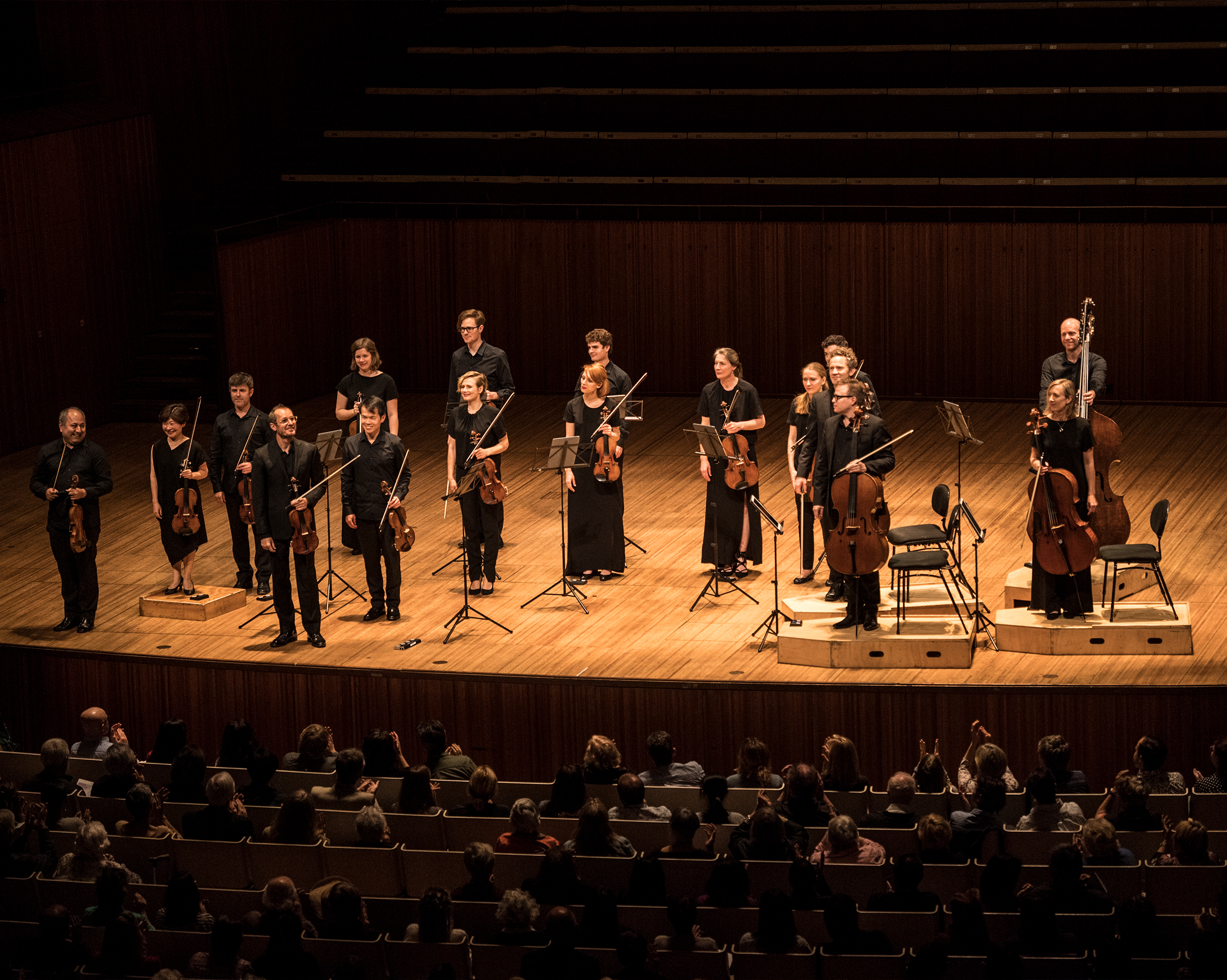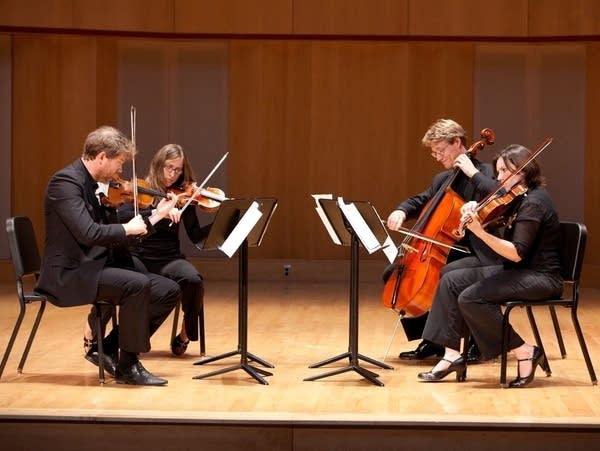Classical music is a rich and diverse tradition of art music that spans more than a thousand years, from the medieval chants of the early church to the grand symphonies of the 19th century and beyond. Rooted in European culture, it is known for its emphasis on form, harmony, and expressive depth, often performed by orchestras, chamber ensembles, or solo instruments like the piano and violin. Unlike popular music, classical works are typically written down in notation, allowing them to be preserved and reinterpreted across generations. Composers such as Bach, Mozart, Beethoven, and Tchaikovsky shaped the development of the style, each leaving a lasting influence on how we understand melody, rhythm, and emotion in music. Today, classical music continues to inspire listeners worldwide, valued both for its historical importance and its timeless ability to move the human spirit.



